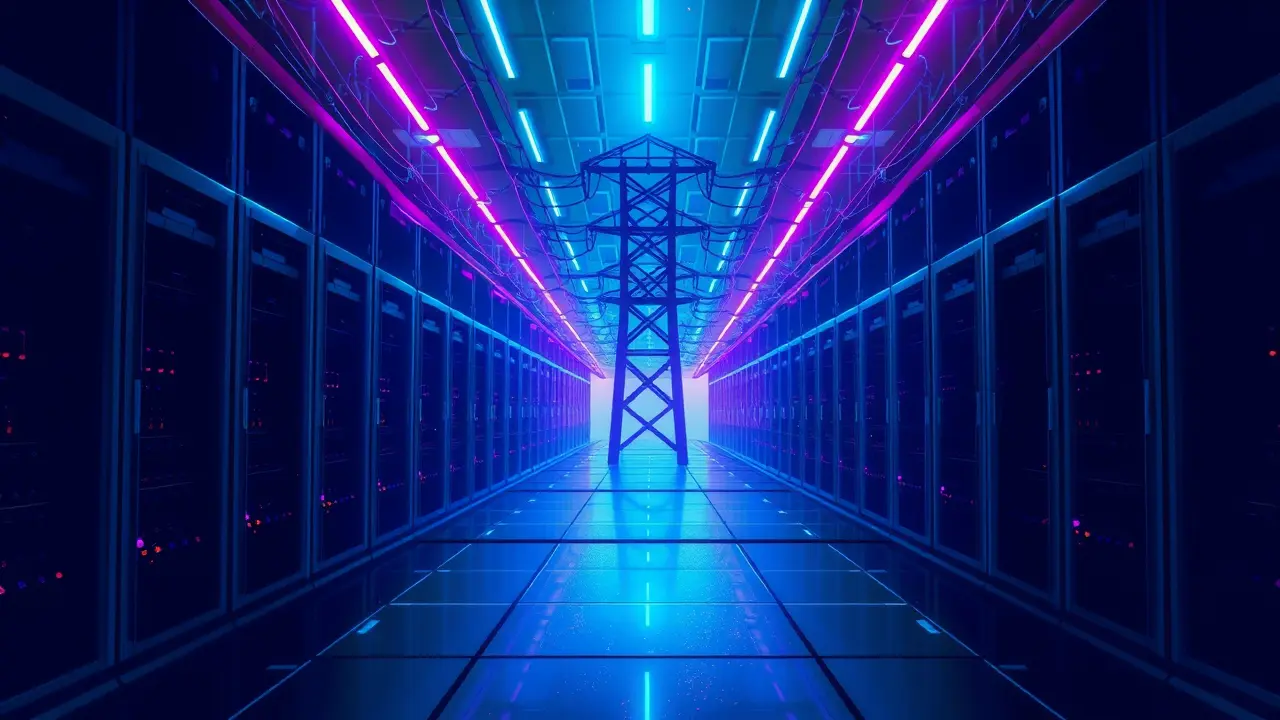
AIenterprise aiAI in Finance and Banking
Altman and Nadella on AI's Growing Energy Demands
DA
Daniel Reed
6 hours ago7 min read4 comments
The recent, almost off-the-cuff remarks from OpenAI's Sam Altman and Microsoft's Satya Nadella regarding the voracious and seemingly insatiable energy appetite of advanced artificial intelligence systems should serve as a stark wake-up call, not just for the tech industry but for global infrastructure planners and energy markets at large. While their candid admission of uncertainty about the ultimate scale of this demand carries a refreshing honesty, it simultaneously unveils a profound and potentially destabilizing blind spot in the strategic planning of the very companies driving this technological revolution.We are, in essence, witnessing the equivalent of the early aerospace engineers building ever-faster jet engines without a concrete plan for the vast quantities of specialized fuel they would require, hoping the market would simply materialize a solution. The core of the issue lies in the fundamental physics and economics of scaling large language models and generative AI; each incremental improvement in reasoning, reduction in hallucination, and expansion of context windows comes at an exponential computational cost, directly translating to megawatt-hours consumed in massive, water-intensive data centers.Historical parallels are scarce, but one could look to the sudden, concentrated energy demand of the Bitcoin mining boom, which disrupted local power grids and drew regulatory ire, yet AI's footprint promises to be orders of magnitude larger and more integrated into the core functions of society. The 'bet' that Altman and Nadella are making is a Faustian one: they are banking on a parallel, unprecedented acceleration in green energy generation, next-generation nuclear fission, or even speculative fusion technology to materialize in lockstep with their AI roadmaps, a synchronization that history suggests is wildly optimistic.This creates a tangible risk for investors who, enamored by the dazzling demos of GPT-5 and its successors, may be overlooking the colossal capital expenditure required not just in silicon, but in power purchase agreements and grid infrastructure, potentially leading to stranded assets and brutal re-ratings if energy innovation lags. Expert commentary from within the energy sector points to a looming bottleneck; we are not merely talking about adding a few gigawatts, but potentially needing to double or triple the power capacity dedicated to IT within a decade, a prospect that clashes with the slow, capital-intensive, and politically fraught process of permitting and building new power plants and transmission lines.The consequences ripple far beyond stock portfolios, threatening to exacerbate global energy inequalities, as data centers inevitably gravitate towards regions with subsidized power or lax environmental oversight, and potentially forcing a difficult public conversation about prioritization—will we power AI servers or residential homes during the next heatwave? The analytical insight here is that the AI energy problem is not a secondary concern to be solved later; it is the primary constraint on the feasibility of the artificial general intelligence vision these CEOs are selling. Without a coherent, transparent, and massively funded roadmap for sustainable power that is as ambitious as their AI research, the entire enterprise risks hitting a thermodynamic wall, leaving not just some investors, but potentially entire economies, holding the bag.
#featured
#Sam Altman
#Satya Nadella
#AI energy consumption
#investor risk
#OpenAI
#Microsoft
#enterprise AI
Stay Informed. Act Smarter.
Get weekly highlights, major headlines, and expert insights — then put your knowledge to work in our live prediction markets.
Related News
© 2025 Outpoll Service LTD. All rights reserved.













